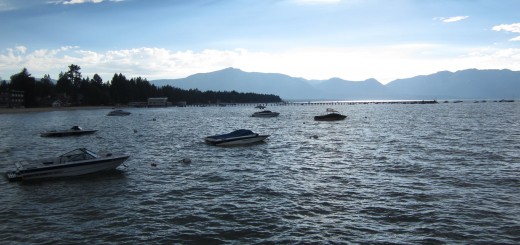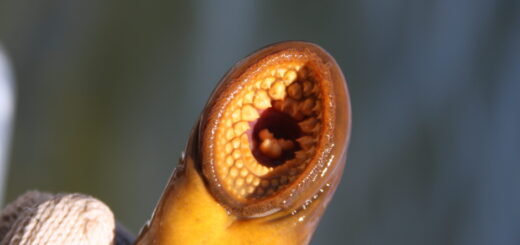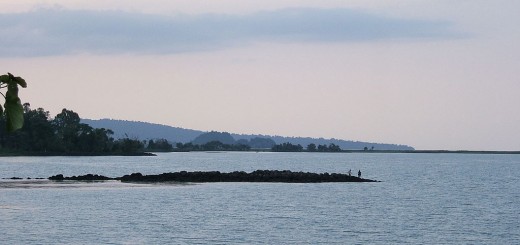Chemical And Biological Quality Of Water In Grand Lake St. Marys, Ohio, 2011 To 2012, With Emphasis on Cyanobacteria
0Abstract
Grand Lake St. Marys (GLSM) is a shallow lake in northwest Ohio, which is about 9 miles long and 3 miles wide with depths averaging less than 8 feet. Cyanobacteria blooms are common in GLSM, and high concentrations of microcystins— toxins produced by cyanobacteria—have been documented therein. During 2011–12, the U.S. Geological Survey collected 11 sets of water samples at 6 locations in the lake. The water samples were analyzed for concentrations of nutrients, chlorophyll, and microcystin and to determine plankton community structure and abundance. Analysis by quantitative polymerase chain reaction (qPCR) and quantitative reverse-transcription polymerase chain reaction (qRT-PCR) was used to identify the relations between microcystin concentrations and Planktothrix and Microcystis genotypes (toxic versus non-toxic). The qPCR analysis targets deoxyribonucleic acid (DNA) genes and quantifies the potential for toxin production, whereas the qRT-PCR analysis targets ribonucleic acid (RNA) transcripts and quantifies the expression of the toxin gene. Water samples were collected six times at one site for analyses of major ions and trace elements. In addition, field measurements were made to determine transparency, temperature, dissolved oxygen, pH, and specific conductance of the water.
GLSM is shallow with a long fetch, which contributes to the warm and turbid water conditions. Secchi-disk measurements generally ranged from 0.2 to 0.3 meters, and summer water temperatures in GLSM frequently exceed 25 degrees Celsius (°C), with peak temperatures greater than 30 °C. Dissolved oxygen readings below 0.5 milligrams per liter (mg/L) occurred at the lake bottom, which can lead to the internal recycling of phosphorus in the lake.
Phytoplankton analyses indicated that GLSM is dominated by cyanobacteria with Planktothrix, the dominant genera during 2011–12. Nitrate ranged from 0.19 to 3.23 mg/L, although concentrations in most samples were less than 1 mg/L. Total nitrogen concentrations ranged from 1.86 to 5.42 mg/L. Orthophosphate (as P) concentrations ranged from less than 0.004 to 0.067 mg/L, although concentrations of most samples were less than 0.004 mg/L. Total phosphorus (as P) concentrations ranged from 0.12 to 0.43 mg/L. Microcystin concentrations ranged from 7.3 to 83 micrograms per liter.
Microcystin concentrations were correlated to cyanobacteria biovolumes, and to concentrations of one ion (sodium) and three trace elements (molybdenum, antimony, and lithium). Concentrations of toxin genes (mcyE) determined by qPCR were consistently low for Microcystis and consistently high for Planktothrix throughout both sampling years. Concentrations of cyanobacteria found by qPCR were correlated to microcystin concentrations, cyanobacteria biovolumes, selected nutrient concentrations, and other parameters. Results from qRT-PCR assays showed that toxin gene expression was predominantly from the genus Planktothrix, and concentrations of the RNA transcript varied throughout the two sampling years. A number of conditions that may play a role in the dominance of Planktothrix and the production of microcystin were identified including water temperature; low-light transmission; low concentrations of silica and manganese; and relatively high concentrations of sodium, sulfate, and the trace elements of strontium, vanadium, and boron.
Full study published online, via the U.S. Geological Survey: http://pubs.usgs.gov/sir/2014/5210/pdf/sir20145210.pdf
Featured Image: Grand Lake St. Marys. (Credit: U.S. Geological Survey)













